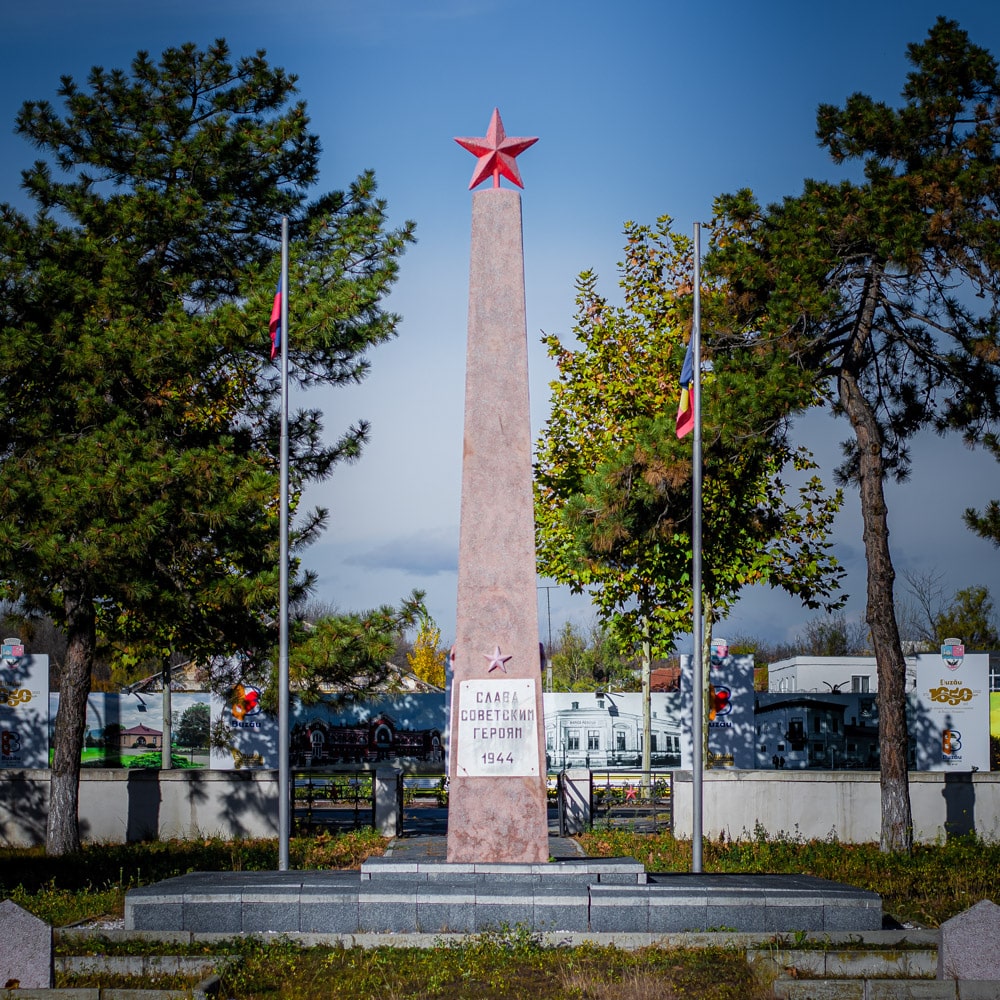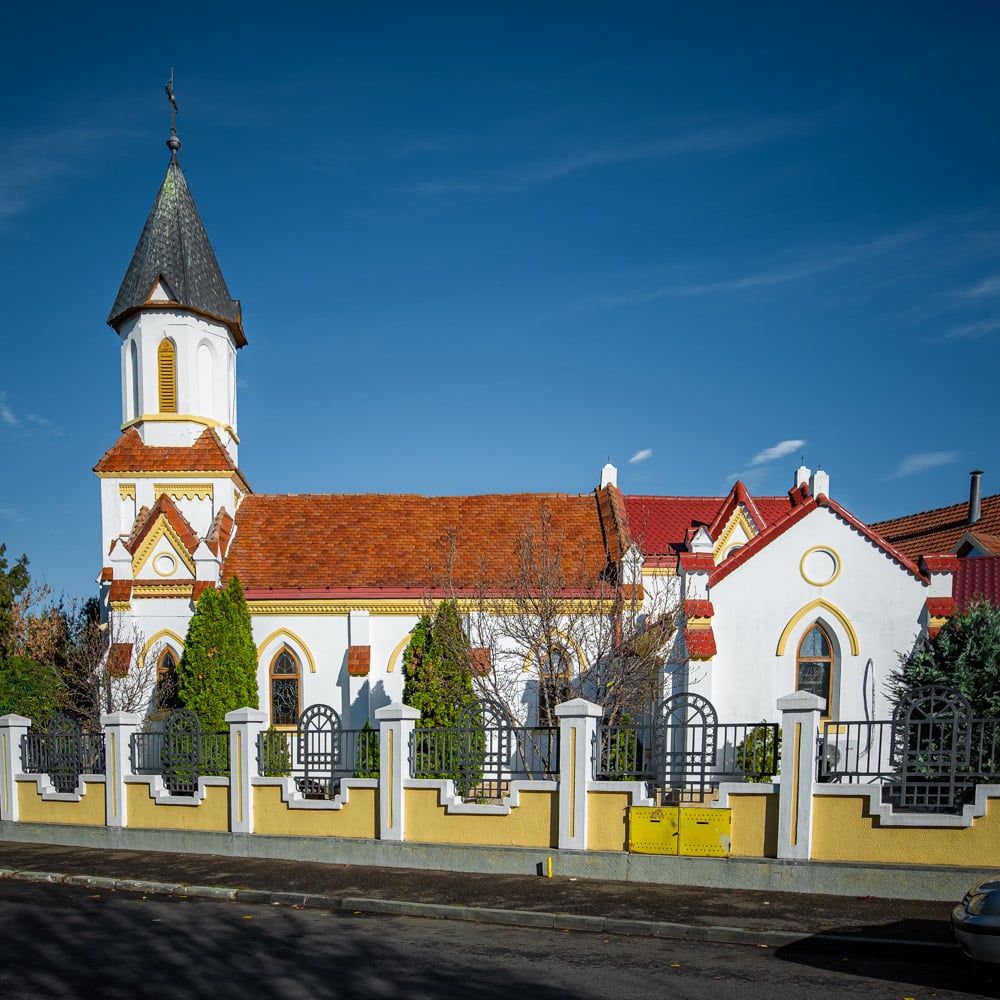
The Soviet Cemetery
November 10, 2022
The Roman-Catholic Church
November 10, 2022English
DUMBRAVA CEMETERY
The foundation stone in Dumbrava Cemetery (originally called Saint Filofteia) was laid in 1872, when the mayor of Buzău was Nae Stănescu, and the prefect of the county was I.I. Arion. Over the years, many personalities of the city were buried in the cemetery, some with world or national renown, who contributed to the economic, social and cultural rise of the city: industrialists, merchants, politicians - senators, deputies, mayors -, magistrates and lawyers, militaries, professors and teachers, men of letters, journalists, artists, doctors, pharmacists, priests, etc. Many of the monuments and burial vaults are true works of art. Constantin Brâncuşi placed here his famous works "Prayer" and "Bust of lawyer Petre Stănescu", commissioned in 1907 by Eliza Seceleanu, the wife of the young lawyer (who died at only 31 years old), and installed in Dumbrava Cemetery in 1914, after they had previously been exhibited in Paris. Eliza Seceleanu, the daughter of the great landlord of Buzău, Nicolae Seceleanu, fell in love with and married lawyer Petre Stănescu, a young man with great perspective, but no wealth. Shortly after the marriage, in 1905, the young lawyer died. In his memory, Eliza ordered a funerary monument to sculptor Constantin Brâncuşi, then a student of the great Auguste Rodin, in Paris. Here, there are also works signed by Frederic Stork (Nicolae Seceleanu Funeral Monument), Dumitru Măţăuanu, Ciprian Dominoschi and others. Among the mayors of the city who sleep their eternal sleep here, we mention only a few: Ghiță Dăscălescu, Alexandru Demetriade, Nicu I. Constantinescu, Stan Săraru, Alexandru Florescu. The famous pop music singer Mihaela Runceanu, who left us after a terrible death in 1989, also rests here.




